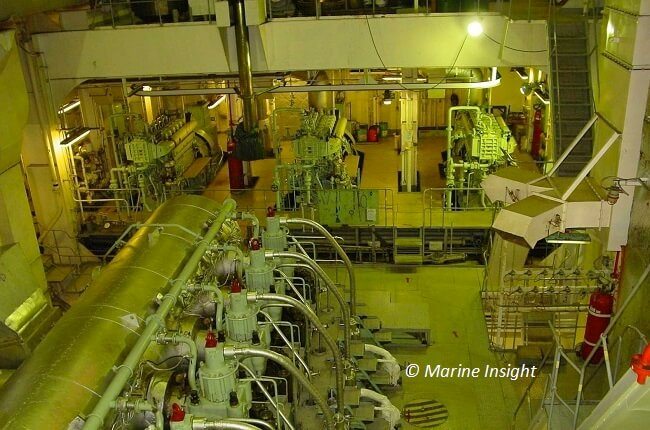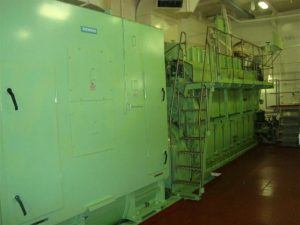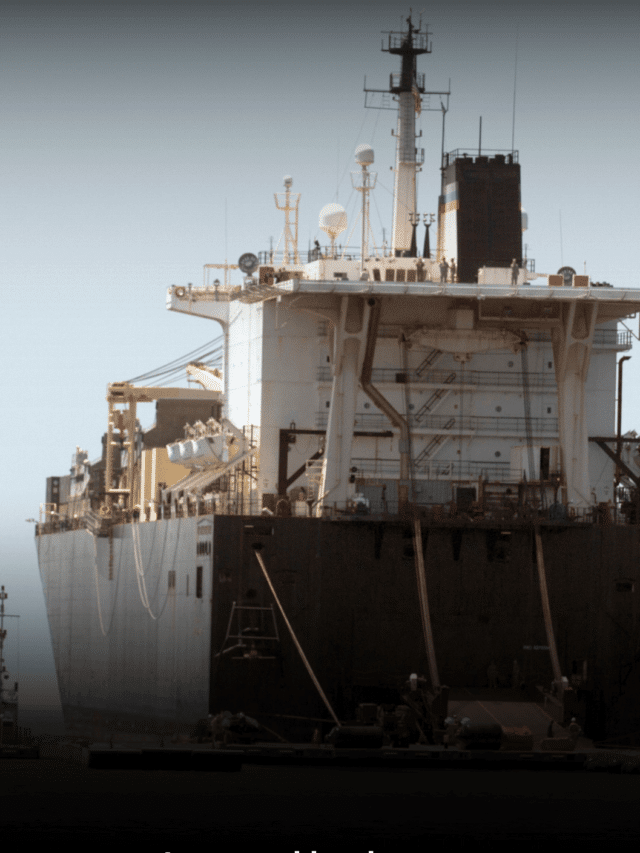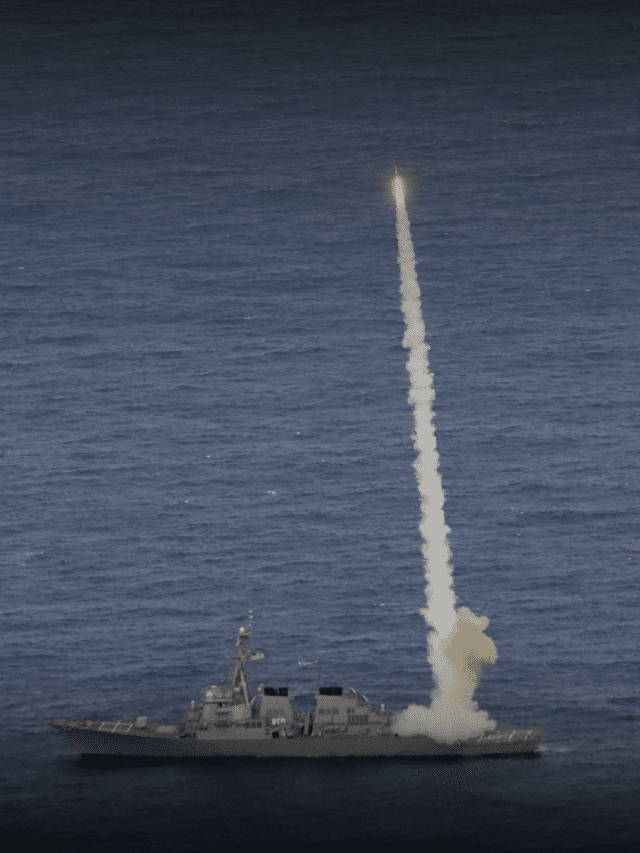Fuel Oil Change Over Procedure for Ship’s Main and Auxiliary Engines
Emission control areas are those designated regions at sea wherein the Sox and Nox emissions are regulated by the laws laid down under MARPOL Annex VI- Prevention of air pollution by ships.
Some local laws regarding air pollution are more stringent than those laid down by the IMO. For e.g. in Europe, while the ship is at the port, all the running machinery consuming fuel must use only the type of fuel having less than 0.1% sulfur content.
As the SOx emission is purely dependent on the quality and sulfur content of the fuel, while entering emission control areas, it is required to switch over to a lower sulfur content fuel including flushing of fuel from the system with a sulfur content of more than 1.0% sulfur before entering the ECA.
Fuel Oil Changing Over Procedure for Main Engine
Considering that most of the ships today run at high sulfur fuel oil, changing over of fuel at the right time is very important. Moreover, looking at today’s economic condition of the industry, it’s imperative to change over the fuel from high to low sulfur at the correct time as an early change over will lead to loss of low sulfur oil, which is quite expensive, whereas a delay in the changeover procedure will lead to violation of MARPOL annexe VI. This is to be done along with using other technologies to reduce SOx and NOx from ships.
Also, most of the ships today are equipped with one service tank and one (maybe two) settling tanks, which can result in the mixing of two different grades of oils while performing a changing-over of fuel. Needless to say, changing over of fuel includes several important factors under consideration.

Every ship is provided with a changeover Low Sulphur Fuel (LSF) calculator which tells the correct changeover time at which the system should be running on LSF before entering an Emission Control Area (ECA). This system requires some important factors –
- The sulfur content of high sulfur fuel currently in the system
- The sulfur content of low sulfur fuel
- The fuel capacities of the main engine system including settling tank, service tank, main engine piping and transfer piping from the service tank to the main engine
- The capacity of transfer equipment – Fuel oil transfer pump and fuel oil separators
Once the change-over-time is calculated which also accounts for the time of intermixing of two different sulfur grades oil (let’s suppose 48 hours), the following actions are to be taken 48 hours prior:
- Ensure that no transfer of high sulfur fuel is carried out any further to the settling tank
- Ensure that the low sulfur bunker tank steam is open for transfer and purification of fuel should not have any problem
- If two separate settling tanks are present, one can be dedicated to low sulfur oil which will reduce the changeover period
- Keep running the separator till the settling tank level reaches a minimum
- If filling of service tank with HSFO increases the calculated time period of changeover, then stop the separator and drain the settling tank
- Settling tank can be first drained in to fuel oil overflow tank, and then the oil drained can be transferred to bunker tanks containing the same grade of oil
- Once the settling tank is drained from heavy sulfur oil, fill the settling tank with low sulfur oil via a transfer pump
- As the separator is stopped, service tank oil will be consumed by the main engine system
- Remember not to lower the level of service tank below which the fuel pumps cannot take suction
- Start separators from settling to service tank which will be now filling low sulfur oil
- Fill the LSFO oil into settling and service tank as per the quantity required to cross the ECA calculated by the chief engineer as per the voyage plan
Records to Maintain
-Record all the fuel tank levels when changeover starts (48 hours prior)
-Mention date, time and position in the oil record book (ORB) when the changeover from high to low sulfur is carried out along with the quantity of low sulfur oil in the settling and service tank
– Same can be recorded in the engine logbook
Fuel Oil Change Over for Auxiliary Engine and Boilers
Some ports have regulations of using gas oil for generators and boilers while the ship is at port (for e.g. European ports). Change over generators and boiler to diesel oil with sulfur content less than 0.1 %.
Boiler
- Shut the steam to the fuel oil heaters of the boiler
- When the temperature drops below 90 degrees, open the diesel oil service tank valve going to the boiler system
- Shut the heavy oil valve for the boiler system slowly and observe the pressure of the supply pump
- Check flame and combustion of the boiler
- Let the heavy oil outlet be kept open and diesel oil outlet is not open for some time
- This is to ensure no heavy oil goes to the diesel oil system
- When the line is flushed with Diesel Oil, open the diesel outlet valve and shut the heavy oil outlet valve
Generators/ Auxiliary Engine
Generators must be changed over from one grade to another while at load as this will help in better flushing of the system.
If only one generator is being changed over, keep running another generator for emergency purposes in case something goes wrong.
- Shut the steam to the fuel oil heaters of the boiler
- When the temperature drops below 90 degrees, open the diesel oil service tank valve going to the generator system
- Open the local diesel inlet valve and shut the heavy oil inlet valve simultaneously and slowly, by keeping an eye on the fuel pressure and changing only one generator into diesel with the help of a separate diesel pump. Let the heavy oil outlet be kept open and the diesel oil outlet kept shut till the system is flushed thoroughly
- After some time open the diesel oil outlet and shut the heavy oil outlet
- If the complete system is to be changed into diesel oil, open the diesel oil inlet valve to the generator supply pump simultaneously closing the heavy oil inlet valve
- If the return line is provided to the diesel service tank, open it after some time, simultaneously closing the heavy oil return only after the system is flushed properly
The changeover procedure must include recording of every action and onboard oil quantity as proof of doing the job correctly.
Note: Once the changeover procedure is completed, remember to change the HMI setting of the Cylinder oil lubricator system (Alpha lubrication) or change over the cylinder oil daily tank suitable for low sulfur operation.
Disclaimer: The authors’ views expressed in this article do not necessarily reflect the views of Marine Insight. Data and charts, if used, in the article have been sourced from available information and have not been authenticated by any statutory authority. The author and Marine Insight do not claim it to be accurate nor accept any responsibility for the same. The views constitute only the opinions and do not constitute any guidelines or recommendations on any course of action to be followed by the reader.
Do you have info to share with us ? Suggest a correction

About Author
An ardent sailor and a techie, Anish Wankhede has voyaged on a number of ships as a marine engineer officer. He loves multitasking, networking, and troubleshooting. He is the one behind the unique creativity and aesthetics at Marine Insight.
Subscribe To Our Newsletters
By subscribing, you agree to our Privacy Policy and may receive occasional deal communications; you can unsubscribe anytime.
Web Stories










SECA
Get a lot of knowledge for me.thank
What can happen with main engine if engine is runing on LS fuel oil and cylinder oil we are using is for HS fuel oil?pls explane cause I can*t find an answer ?
When cylinder oil with high alkali base number for heavy fuel oil (C) in diesel engines is used continuously, deposits may be formed, and abnormal wear of the cylinder liner may occur. Fire hazard increases because the flash point of low-sulfur fuel oil, such as gas oil, is low